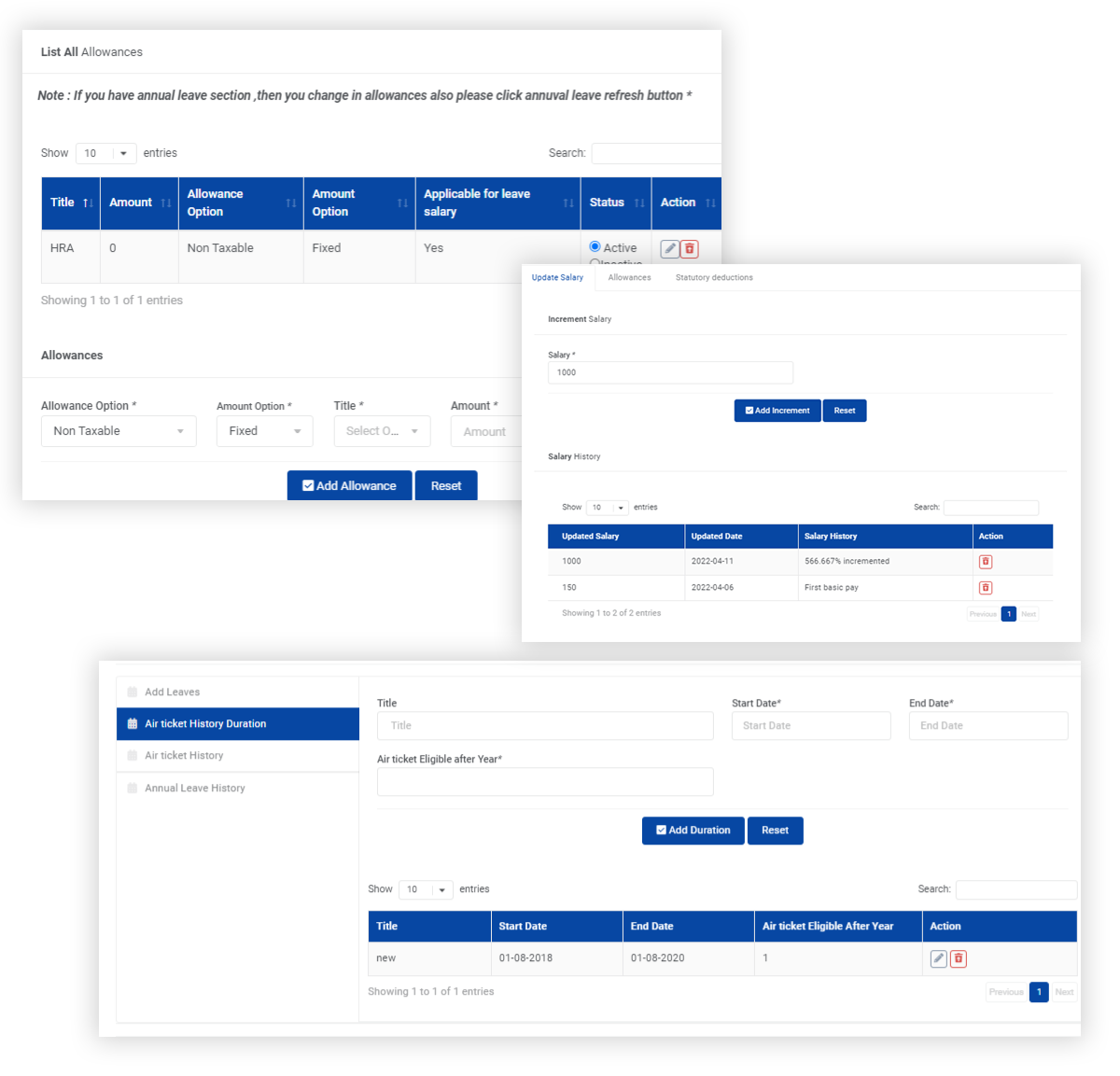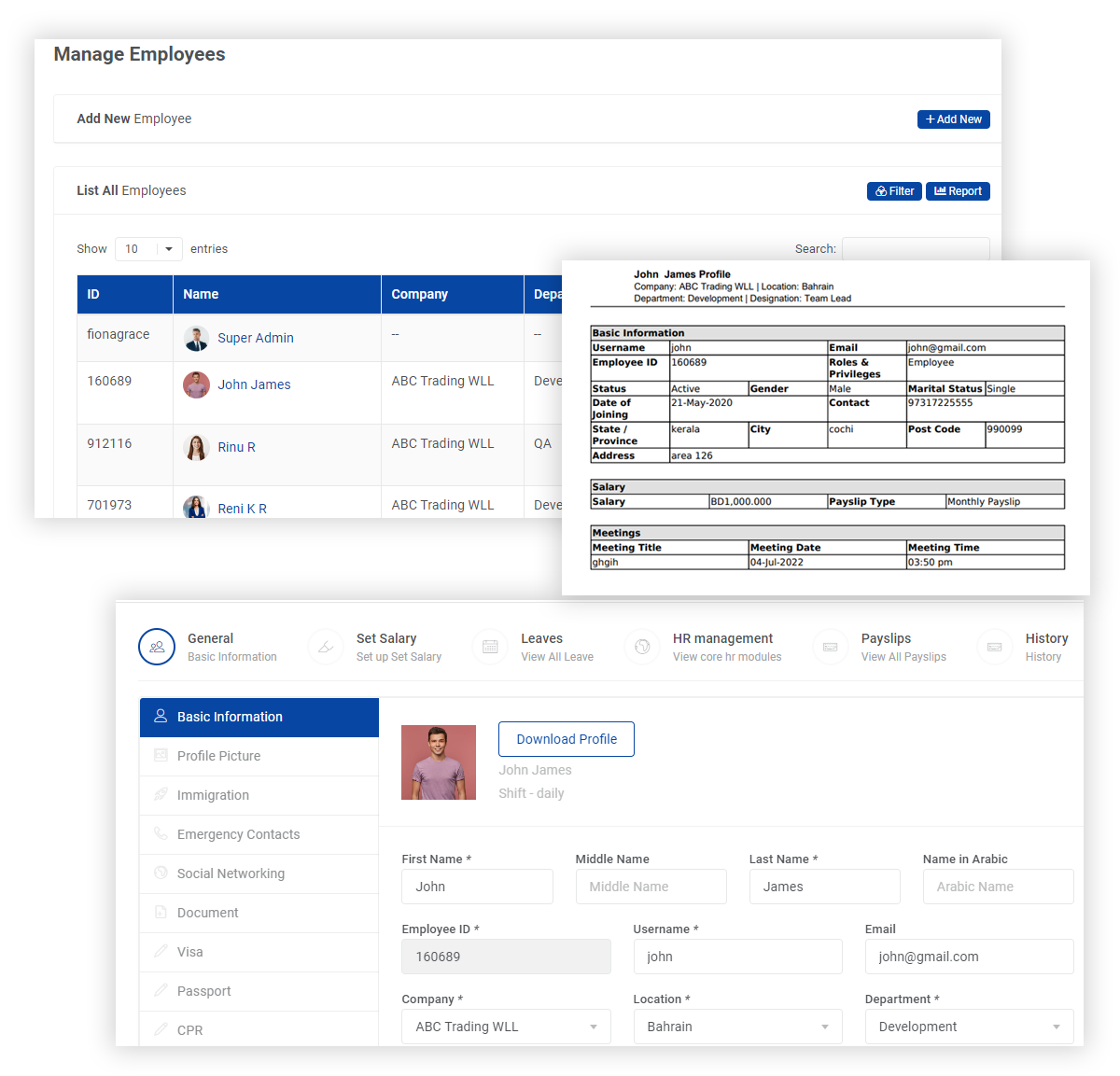
Create a Positive First Picture with Your Company’s Onboarding Process
Integrate new personnel into existing workflows with Artify 360 employee onboarding system
As soon as a new hire has been made, bringing them into the fold is a major priority. The top employee onboarding software can help create a positive first impression with your recruit. It’s beneficial for both sides to make an excellent first impression on a potential new employee.
Your new employees will clearly understand their roles and the company’s larger goals. New hires may struggle to adapt quickly to this new position without a good onboarding program.
Guide New Employees to Grow in their Position
The best onboarding software, Artify 360, ensures a smooth transfer for all parties. The finest HR software for the Middle East is Artify 360, and it will help you optimize the onboarding process, from orientation to scheduling.
Furthermore, a comprehensive checklist will guide your onboarding procedure. You can revise the company’s onboarding process if the company’s goals change. Artify 360 can help new hires integrate into the company culture more swiftly, boosting their likelihood of success in their new roles.
The UI of Artify 360 is responsive to user input and easy enough to learn that even non-technical users will access it easily.
During the onboarding process, you can utilize Artify 360 to build or upgrade an employee’s profile with all the required details.
Create and assign the optimal shift for each new employee to ensure their comfort and productivity.
Artify 360, the real employee onboarding system, has an easy-to-use checklist to guide the implementation. You will never have to worry about being entirely disoriented again.
Lays out the protocol for orienting a recruit, including what they will be responsible for and to whom they will report. It’s a simple solution that brings forth clarity.
Establishing the conditions under which paid time off and other forms of leave will be provided can help you be ready to process the new hire’s payroll.
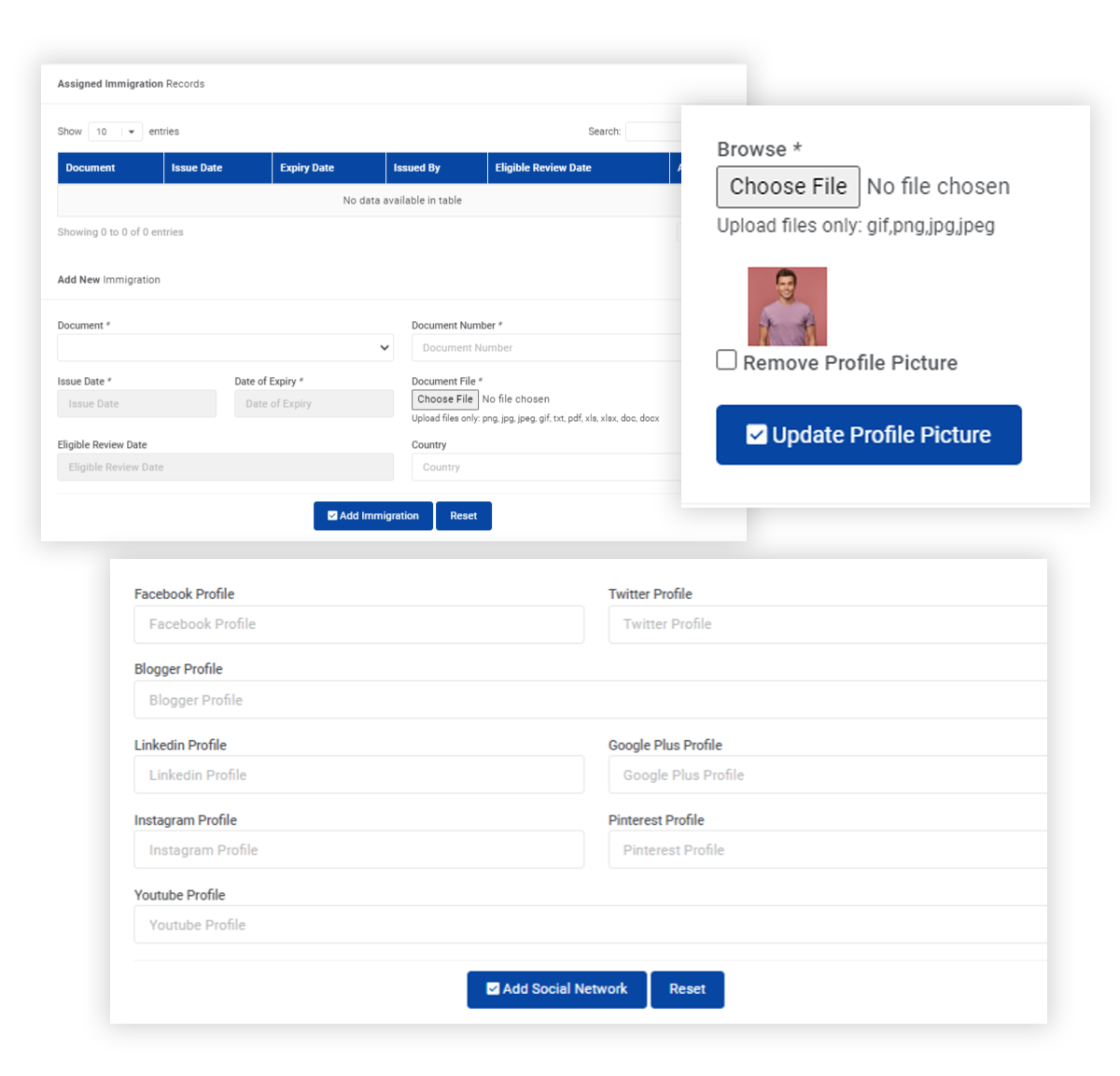
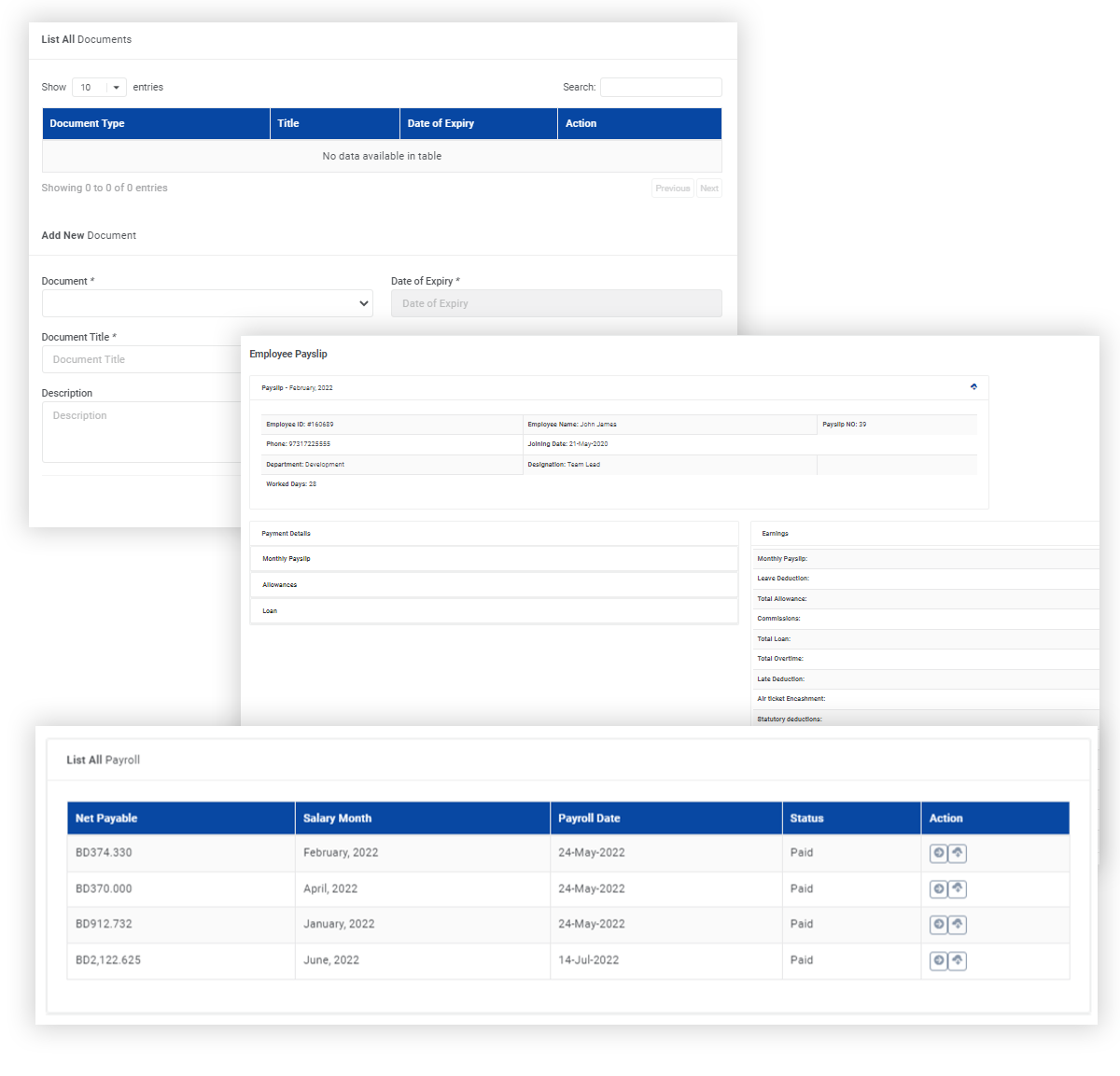
Align New Recruits with Your Business Goals Using Artify 360
Workers will have a positive experience learning their new positions if the organization uses Artify 360, the top employee onboarding software.
- Collect employee information
- Bank account details
- Add employee contract
- Seamless UI
- Onboarding checklist
The best software for onboarding new employees will lay out an orderly procedure that will make everyone involved happy and make it easier for new hires to do their jobs successfully.
- Optimized onboarding
- Eliminates confusions
- Consistent onboarding experience
- Enhances employee productivity
- Fosters better communication
The best onboarding software that sets out the whole process for new hires can boost productivity while lowering misunderstanding.
- Shift allocation
- Roles & Privileges
- Leave eligibility
- Overtime criteria
- Assign reporting
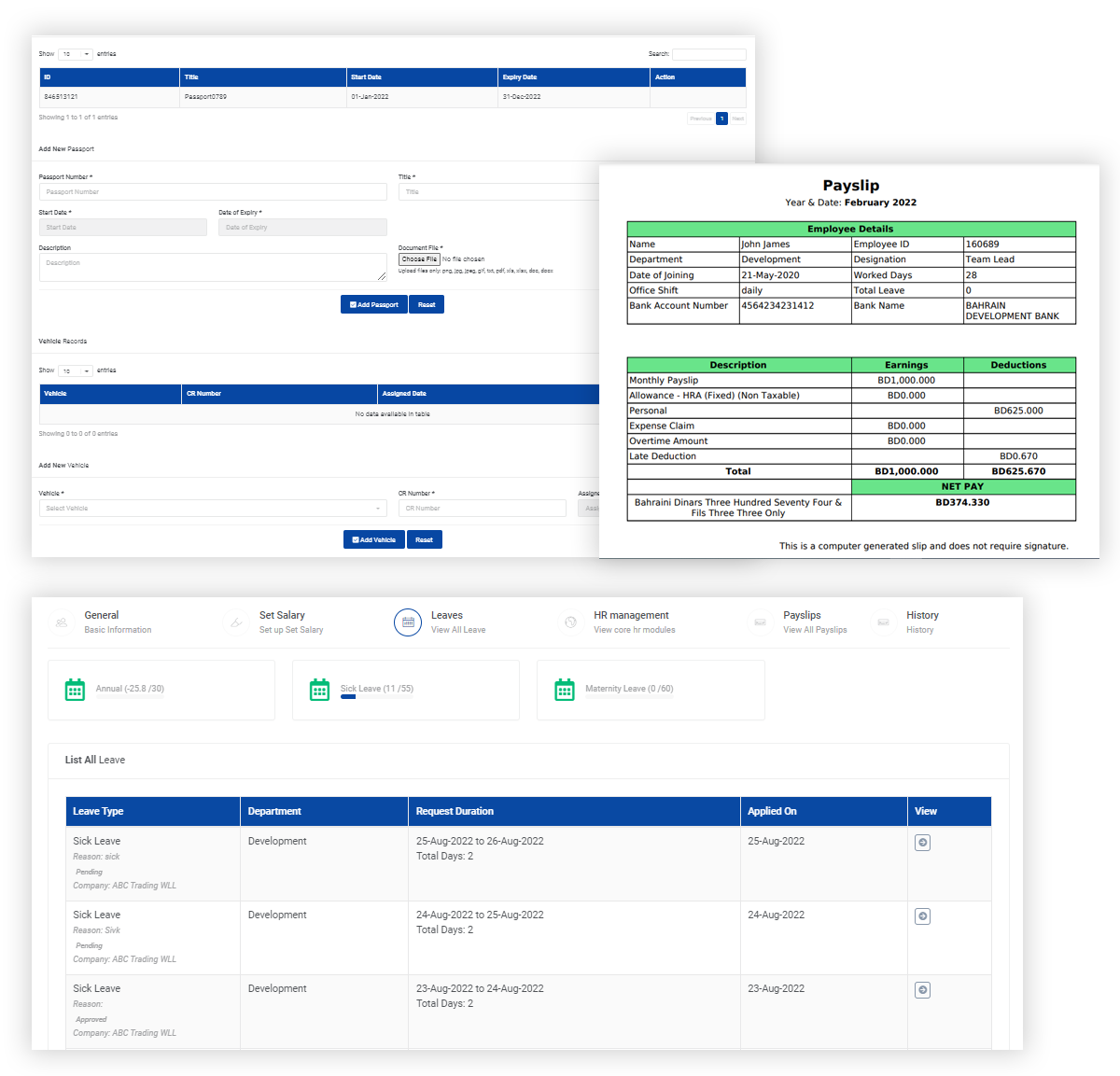
Utilize the Finest Employee Onboarding Software to Boost Employee Brilliance
Artify 360, the top employee onboarding software streamlines your company’s onboarding strategy by detailing each stage of the onboarding process. Your team will have fewer diversions and be able to accomplish even more fantastic things.

